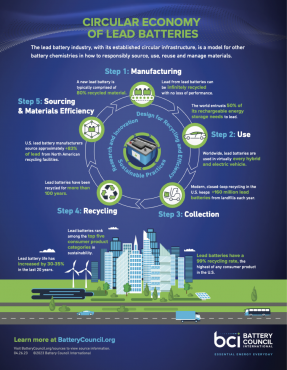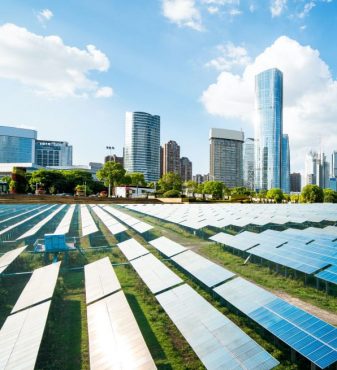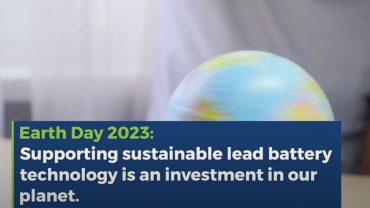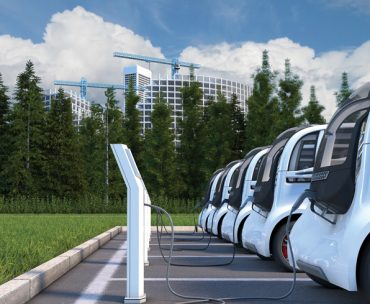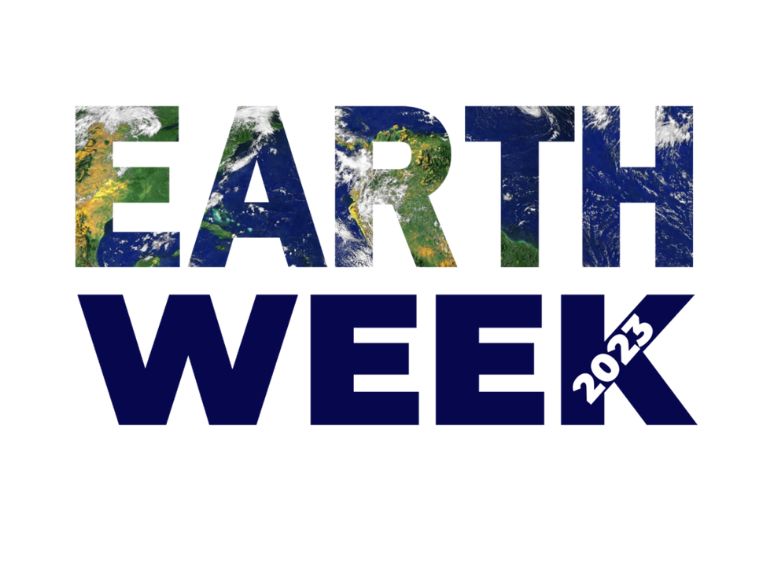
Lead Battery Manufacturers and Recyclers Model Sustainability – and its Benefits
Earth Day is April 22, with the theme, “Invest in Our Planet.” But the lead battery industry is already a step ahead. It’s an agent for change, investing over $113 million (2021) in researching and developing innovative, sustainable energy storage technologies that support greener transportation and maximize renewable energy.
That commitment to a low-carbon future aligns with Earth Day organizers’ thinking. They report that sustainability is the path to prosperity for humanity and business alike. There’s no longer a choice between going green and growing long term profits, as companies discover that strong Environmental Social Governance (ESG) standards lead to better profitability, stronger financial performance and happier employees.
An Industry of Environmental Innovation
For years, businesses have tried to balance sustainability with necessary profitability. This year, Earth Day organizers stress that “a green future is a prosperous future.” The lead battery industry exemplifies how manufacturers can take bold, innovative steps to achieve both.
- Sustainable Applications: EVs and Hybrids.Lead battery applications are helping to decarbonize our future by changing transportation. Lead batteries enable start-stop technology, which cuts nearly 7 million tons of greenhouse gas emissions annually in the U.S. Plus, nearly every electric vehicle (EV) and a full range of hybrid vehicles depend on a 12-volt lead battery for critical safety and security functions. Lead batteries are also increasingly used for EV fast-charging stations.
- Sustainable Circular Economy: Closed Loop Manufacturing. Lead battery manufacturers have invested in a circular economy that models a sustainable closed loop. The foundation is a product (lead batteries) with a recycling rate of 99%. For decades, the industry has worked to ensure that a used lead battery is collected, processed and its materials reconstituted into a completely new battery. Today, a typical new lead battery is comprised of 80% recycled materials, making it the most sustainable energy storage technology in the world.
- Sustainable Operations: Leaner, Greener Functions. Lead battery manufacturers and recyclers are investing in new processes to operate more sustainably. That includes recovering stormwater and wastewater, reducing material use, and moving to renewable energy to power facilities.
Agents for Change within the Battery Industry
The lead battery industry understands that investing in advanced lead batteries and facilities are an investment in our planet, too. Here are four companies who are living the call to action to “Invest in Our Planet.”
East Penn Manufacturing Company: Closed-Loop Wastewater Facility
In Lyon Station, Pennsylvania, East Penn Manufacturing Company operates the largest lead battery manufacturing campus in the continental U.S. It also recycles virtually 100% of each spent battery received through a closed-loop wastewater facility that recovers both distilled water and a commercial byproduct from process wastewater. That byproduct is reused in manufacturing and sold to a national chemical distributor.
Learn more about East Penn’s commitment to sustainability here.
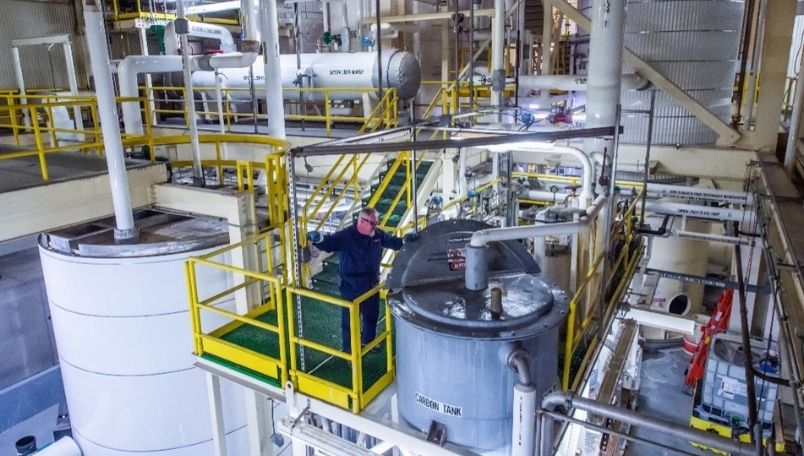
Crown Battery: An EPA Green Power Partner
Crown Battery, headquartered in Fremont, Ohio, provides batteries for a wide range of applications, for cars and trucks and electric forklifts, golf and electric vehicles, to mining and farm equipment and renewable energy.
Crown Battery is the first battery company recognized as a U.S. EPA Green Power Partner, with a 100% transition to solar and wind energy for manufacturing. They have saved over 56 million kWh of electricity and invested over $8 million in energy efficiency improvements, including on-site solar panels, ultra-efficient lighting, geothermal cooling, and water recycling.
Learn more about how Crown Battery is “Walking the Green Walk” in their sustainability guide and latest progress report here.
EnerSys®: Solar Arrays and More
The global headquarters for EnerSys are in Reading, Pennsylvania. The company offers lead batteries for electric lift trucks that eliminate 10.7 short tons of CO2 per truck annually. From a process standpoint, EnerSys uses a 32.4kW solar array in their Bellingham, Washington, facility to generate clean energy. They have also reduced plastic waste in their Richmond, Kentucky, facility by replacing single-use plastic wrap with reusable strap-downs, reducing shrink wrap usage by 43%.
View the latest EnerSys Sustainability Report here.
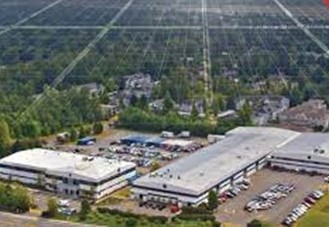
Gopher Resource: Stormwater Collection
Gopher Resource is one of the largest lead battery recyclers in the country. It invested nearly $5 million in a stormwater collection and reuse distribution system, saving over 78 million gallons of water over the last five years, while educating visitors about eco-friendly practices.
Learn more about Gopher Resource’s stormwater collection program here.

An Industry That Invests in Itself and Our Planet
Through past and present investments, the lead battery and recycling industry proudly provides the greenest energy storage on the planet.
On Earth Day 2023, we celebrate industry members whose advanced lead batteries enable green applications, like start-stop technology and EVs to reduce greenhouse GHG emissions. We’re also proud to profile Battery Council Internationalmember companies who are moving to onsite renewable energy and using best practices to recycle and reuse wastewater, and reducing materials through creative problem-solving.
But we won’t rest on our successes. We recognize our role and responsibility to be an agent for change. We’ll continue to invest in our planet by taking bold steps to create a greener and prosperous future. It’s a natural part of who we are.


